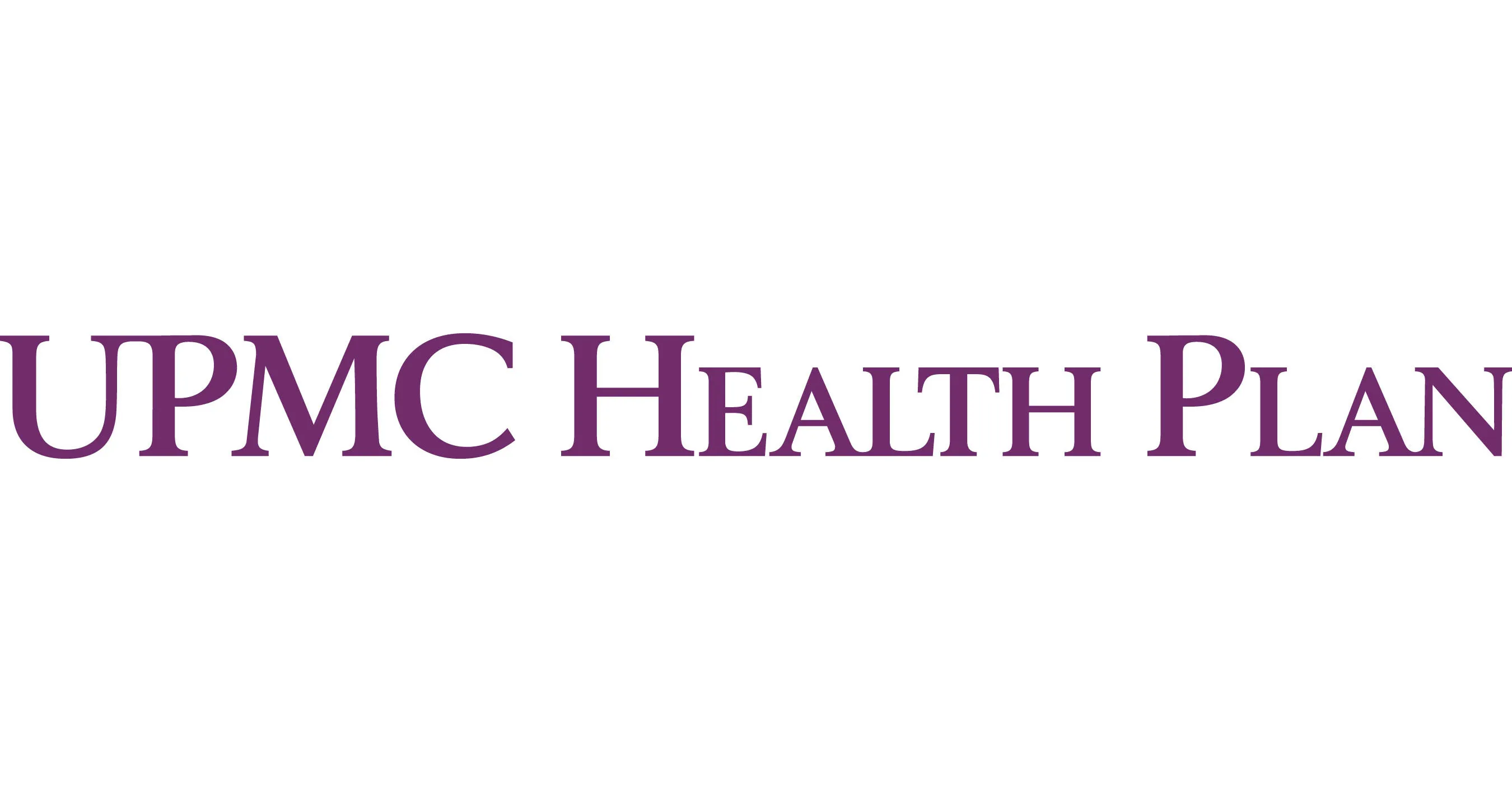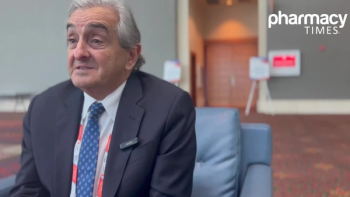
UPMC's Innovative Approach to Heart Failure Care: Collaboration and Patient/Member-Centered Care Management

UPMC enhances care for patients with heart failure through integrated pharmacy and cardiology team collaboration.
In an interview with Pharmacy Times®, Eric Dueweke, MD, MBA, FACC, cardiologist and physician leader from UPMC, and Ashley Modany, PharmD, senior clinical pharmacy specialist from UPMC Health Plan, discussed UPMC’s comprehensive, collaborative approach to managing care for chronic heart failure patients and members. Dueweke and Modany shared that the approach integrates pharmacy, cardiology, and health plan services through multichannel engagement and education. The organization focuses on quality improvement, utilizing targeted e-consult programs, robust patient education toolkits, and innovative care models to optimize outcomes. By implementing strategic initiatives and working toward a unified electronic medical record system, the team aims to improve patient and member care while reducing health care costs through effective therapy management and reduced hospitalizations.
Pharmacy Times: Describe any collaborative initiatives or quality improvement projects aimed at improving CHF patient outcomes. How are these projects designed, implemented, and evaluated, and what has been the impact on patient care?
Eric Dueweke, MD, MBA, FACC: We at UPMC and at the Health Plan and the physician services side truly believe in a robust quality improvement framework. That quality improvement framework has to be collaborative with all the stakeholders at the table. Many of our efforts have been directed at connecting all of the key parts of the care management team and bringing them to the table. We have this initiative that we're talking about currently, but we've recently spun up what we call a TACO program, a targeted eConsult program to identify further opportunities in the management of heart failure patients in our health plan and connect them with advanced heart failure therapy providers for patients that are significantly at risk or make medication recommendations to the patients that are doing otherwise pretty well. We make extensive use of our new models of care, and outside of just simple face-to-faces, we try to get patients connected to the right care at the right time at the right intensity.
Ashley Modany, PharmD: I think really emphasizing that multichannel, intercollaborative approach is really what we're trying to strive for. Within our pharmacy programs, if we're reaching out to these members, we're really always trying to engage them with our other programs. With our disease state management program and our lifestyle program, all of these work in conjunction with our pharmacy focus programs. I think I mentioned before that bidirectional referral. Whoever touches the member first, we can refer them to these other programs if we think it'll be beneficial for the member.
Pharmacy Times: How are patient education and counseling responsibilities divided between the health system cardiology team and the health plan pharmacy team? What strategies are used to ensure consistent and effective patient education?
Dueweke: I think patient education is really at the center of all of this. We start by having a robust education toolkit that has been developed by all of our subject matter experts across our system. That toolkit is baked in for utilization in our remote patient monitoring program, our cardiac rehabilitation program, and our medication optimization program. Really, the way we see this initiative leveraging patient education is that we connect patients with those resources that can then meet the patient where they are to provide that education they need to stay in the community and at home.
Modany: I always say, I feel like when somebody has a diagnosis of heart failure, I just don't think it could be possible to provide too much patient education. A ton of information is being thrown at these patients, especially when they're on the inpatient side of things or if they have a brand new diagnosis of heart failure. I think it can be really difficult for them to retain that information on the first round of education or even the second time that that information is presented to them. I think, really, from all facets of their care, we're really trying to provide those touchpoints in terms of education. As a pharmacist, not only are we focusing on medication education, but we're also in collaboration with the cardiology team, touching on those general heart failure education pieces. So, monitoring for volume overload, sodium and fluid restriction, and things like that that we want to educate on at various points throughout the continuity of their care.
Pharmacy Times: What challenges have you encountered in coordinating care for CHF patients between the health system and the health plan, and what strategies have been implemented to overcome these challenges? Are there any areas where you see opportunities for further improvement?
Dueweke: I'd say that our electronic medical record has been one of the barriers, and it's a barrier that we recognized and are fixing. We will be implementing a uniform across the system, a single EMR, beginning in late 2025. That's going to be able to address many of the barriers that we have. You can't take care of a patient when you are using a different set of data. I think that we have great clinical analytics programs on the hospital side as well as on the health plan side. We've built bridges between those 2 departments to be able to look at the same data with the right set of eyes to ensure that we're all viewing the problem the same way. As we start to connect those dots and get work off of a common data set and speak the same language from an EMR perspective, we're going to address a lot of those barriers.
Modany: I think another big challenge for us, too, is member engagement and just trying to find the right modality to engage these members. We're really constantly trying to involve our analytical approach to determine not only when's the best time to reach the member but also via what mechanism, whether it's telephonic or a telemedicine outreach. As we mentioned before, once we do reach these members in some capacity, we're making every effort to connect them with their other providers or integrate them into those other programs, if possible.
Pharmacy Times: From a pharmacoeconomic perspective, how does the collaborative management of CHF impact overall health care costs? Are there any specific strategies implemented to optimize medication utilization and reduce unnecessary health care expenditures?
Dueweke: This is one of our favorite questions, because it's one of those wonderful situations where doing the right thing for the patient aligns well with being efficient with our economic resources. All of these therapies that we use are well studied, and our outcome measures often include hospitalization. We know that as we start to deploy these therapies and ensure that patients get on to quadruple therapy, that is going to pay off in a decrease in hospitalizations, which is obviously something that the patients want very much so. It's the right thing to do, but it's also something that costs the system a lot of money. By doing the right thing by the patient, we see improvement in our care efficiency. Our early data is definitely demonstrating this. We obviously want to have a long-term view of that, so long-term data analysis will be necessary, but early markers are really favorable.
Modany: I totally agree. We're looking forward to seeing where we get with these long-term benefits. We're excited to see how this program can really impact our heart failure population.
Newsletter
Stay informed on drug updates, treatment guidelines, and pharmacy practice trends—subscribe to Pharmacy Times for weekly clinical insights.


















































































































































































































